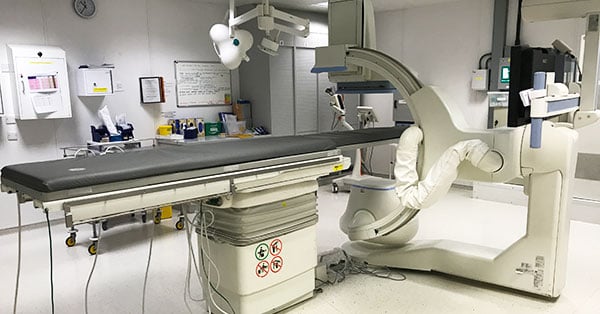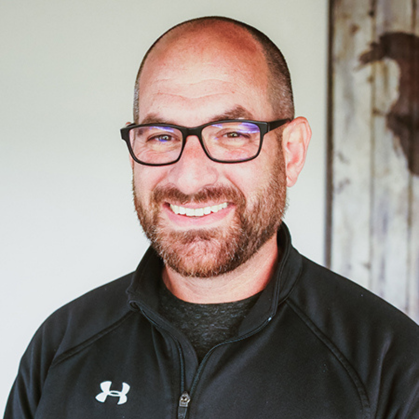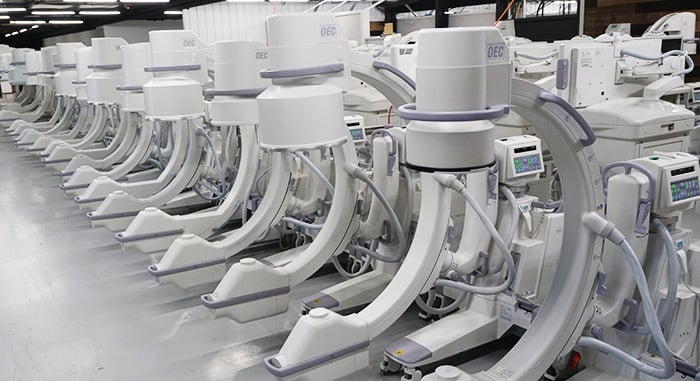
October 20, 2022 : 2 min read
GE Innova 2100, 3100, 4100 'End of Service': What's Next for Users?
If your team uses the GE Innova 2100, 3100, or 4100, you might have received a letter saying that GE has declared their "end of service" (EOS). Let us reassure you: this isn't as bad as it sounds. It does mean you're in for some changes and some costs you thought you might have been able to put off for a few more years. But it doesn't mean that you need to change now, that you need a generous lump sum of cash now, or that your only option is to go back to the OEM.
Using the recently EOS-designated GE Innova X100 series as an example, we're going to discuss why OEMs use EOS, why your response doesn't need to be urgent, and how an EOS designation can end up benefiting your operating budget.
Why Is Service Ending for the 2100, 3100, and 4100?
Generally, a system is designated EOS roughly ten years after the last year the manufacture produces it. The manufacturer is essentially declaring an official date for the end of their obligation to offer parts and service for that equipment. In addition, it means they are not responsible to update or retrofit the system into compliance with changing government standards.
The biggest reason OEMs use EOS though, is to direct users toward upgrading with their newer models. This isn't necessarily bad. Newer systems offer better technology; higher image quality, faster workflow, and greater comfort for patients. But, naturally, newer systems can come at prices that buyers might not be able to afford on short notice.
Two Reasons End of Service Is Not an Urgent Problem
There are two main reasons why having your equipment declared EOS doesn't usually necessitate an immediate, urgent response:
- If the OEM has an existing service contract with you, they are still legally bound to support the system until the end of the contract. Their support team won't begin turning down your calls immediately.
- When OEM support ends, third-party parts and service keep going. In many cases, these providers have enough resources to keep EOS systems running for several more years.
How End of Service Designation Can Save You Money
There can be times when an EOS designation helps your bottom line. Consider situations like these:
- With the OEM out of the picture for service, and an upgrade still a few years out, you explore independent service options and learn that you can cover your GE Innova for 25% - 35% less than you were spending with the OEM.
- With your Innova system declared EOS, and a little space in your budget, you decide to upgrade the cath lab equipment at your main campus. At the same time, you work with independent parts and service providers to relocate your 2100, 3100, or 4100 to your outpatient facility, upgrading from an even older cath lab you've been using there, and saving the 25-35% in service coverage costs we mentioned above.
The Takeaway
While an EOS notice does signal some upcoming changes for any facility, there's no reason to believe you have to take it all on at once. Tapping into the capabilities of third-party parts and service providers you can add years to the life of EOS systems and save significant dollars when the time does finally come to make your upgrade.
If you'd like to know more about getting parts and service after the support window closes on the Innova X100 labs, our team is ready to help with both. Give us a call or use the button below to start the conversation.

Chris Kinnas
Chris Kinnas is a National Service Solutions Manager at Block Imaging. His goal is to see imaging facilities covered by the very best service for maximum equipment uptime. Outside of the office, he is a husband, a father of 4, and an avid Chicago sports fan.






